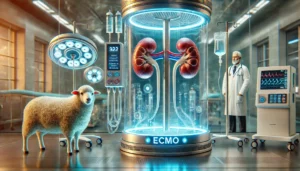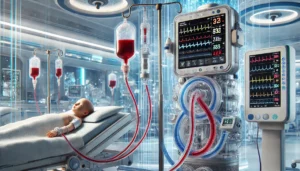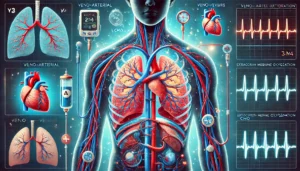
Prolonged ECMO Support in a Pediatric Patient with Complex Cardiac Conditions During Wartime in Kyiv, Ukraine
This case report details the prolonged extracorporeal membrane oxygenation (ECMO) support of a 12-year-old girl with severe congenital heart disease and myocarditis in wartime Kyiv. Due to a lack of transplant options and supply shortages, alternative oxygenators were used despite suboptimal long-term performance. The patient underwent 259 days of ECMO support but ultimately succumbed to multi-organ dysfunction. The study highlights the urgent need for medical resource mobilization in conflict zones.










